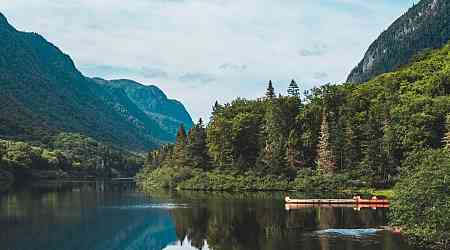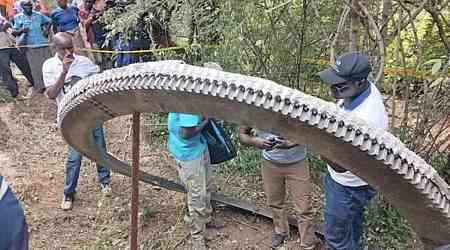Efforts to conserve the American burying beetle, a large carrion-eating insect once widespread across North America, have yielded positive results in Nebraska. Numbers of this species, which is listed as threatened, have been observed to increase in the Loess Canyons grasslands. Previously found across 35 states and parts of Canada, the beetle is now limited to small populations in ten states. Habitat restoration measures in Nebraska appear to have played a crucial role in reversing this decline.
Study Highlights Population Growth
According to a study published in Biological Conservation, monitoring data collected from 2007 to 2019 indicates a 17 percent rise in the beetle population within the Loess Canyons. A sampling effort by the Nebraska Game and Parks Commission involved baiting traps with laboratory rats. This monitoring showed an increase in numbers from 168 beetles in earlier years to 196 by the study's conclusion.
Preferred Habitat and Threats Identified
The research highlights the beetle's dependence on undisturbed grasslands for survival. Models suggest that native grasslands covering at least three-quarters of the landscape significantly boost beetle populations. However, increased tree cover or the conversion of even small portions of these grasslands for agriculture leads to steep population declines. Moist, tree-free soil is necessary for burrowing and food storage, making the encroachment of eastern red cedar trees a major concern.
Fire Management Key to Success
As per reports the resurgence of beetles in the Loess Canyons is attributed to controlled burns initiated by over 100 local landowners. This effort, supported by Nebraska Game and Parks Commission and other organisations, has restored grassland ecosystems by curbing the spread of red cedar trees. Thomas Walker, a wildlife biologist with the commission, has stated that these measures have created diverse habitats, benefiting a range of wildlife species, as per Science News.
Conservation Through Collaboration
Caleb Roberts, a research ecologist with the U.S. Geological Survey, told Science News that such large-scale recoveries are rare for smaller species. The efforts in Nebraska demonstrate how community-led conservation can make measurable impacts on preserving biodiversity.
































